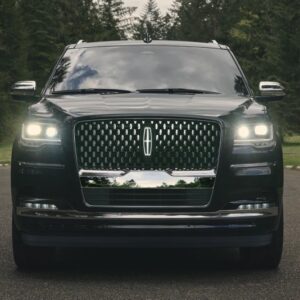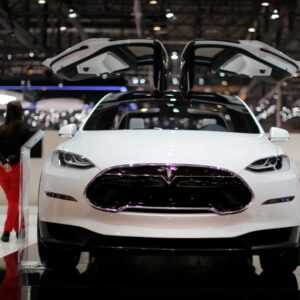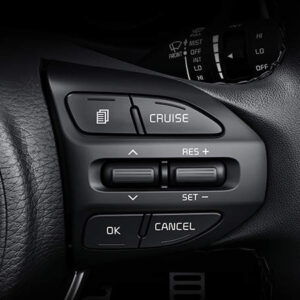What is flying car? The flying car has been a fantasy since the 1960s cartoon, “The Jetsons.” These companies are now planning to turn the concept into reality in the next few years.
What is flying car?
A flying car or roadable aircraft is a type of vehicle which can function both as a road vehicle and as an aircraft. As used here, this includes vehicles which drive as motorcycles when on the road. The term “flying car” is also sometimes used to include hovercars and/or VTOL personal air vehicles.

Many prototypes have been built since the early 20th century, using a variety of flight technologies. Most have been designed to take off and land conventionally using a runway. Although VTOL projects are increasing, none has yet been built in more than a handful of numbers.
Their appearance is often predicted by futurologists, and many concept designs have been promoted. Their failure to become a practical reality has led to the catchphrase “Where’s my flying car?”, as a paradigm for the failure of predicted technologies to appear. Flying cars are also a popular theme in fantasy and science fiction stories.
Flying Car Operating Principle
To fully understand the revolution these vehicles represent, it’s important to recognize the advantages that come with effectively combining fixed wing and rotary wing aircraft capabilities. Let’s look at the pros and cons of a helicopter (rotary flight) and a plane (wing flight), so that we can understand why combining both capabilities is an optimal solution.
Rotary Wing Aircraft
The primary advantage of a rotary wing is its capacity for vertical take-off and landing (VTOL). Why is this an advantage? Because it removes the need for a runway. As WIRED recently noted, “VTOL technology means aircraft can theoretically take off and land almost anywhere, making them far more flexible.”
In addition to VTOL capabilities, another benefit is ease of control. A helicopter can hover in place pretty accurately, which makes it safe to navigate an urban environment where you might need to stop at several waypoints, and where speed needs to be constantly modulated to respond to external conditions.
So what’re the disadvantages of rotary wing aircraft?
- Inefficiency: Hovering in place requires a lot of power to keep the rotors turning to generate the required lift. As a consequence, the allowed payload is drastically reduced, and is the flight time.
- Lack of Speed: Rotary wing vehicles are considerably slower than airplanes.
- Noise: Rotating blades are very noisy.
- Control challenges: Helicopters have a major flaw—if they should lose power, you need a highly-trained helicopter pilot who can execute autorotation to land the vehicle.
Fixed-Wing Aircraft
Let’s now consider fixed-wing aircraft (aka a “typical” airplane). The advantages of fixed-wing aircraft are numerous:
- Speed: An airplane goes much faster than a helicopter.
- Efficiency: Instead of using a motor to spin the blades, a fixed-wing aircraft uses its motion through the air to keep air flowing through the wings and generate lift.
- Payload and distance: Thanks to its speed and efficiency, this vehicle can carry much heavier payloads and travel longer distances than a rotary wing.
- Control: If motors fail, the vehicle will not fall from the sky; a pilot still has control and can take it to the ground safely.
As to the main disadvantages of fixed-wing aircraft, there are two:
- They require long runways for takeoff and landing.
- Hover is not possible, making air traffic operations trickier in the presence of many vehicles.
It should be noted that the features that a flying car utilizes from a fixed-wing aircraft and a rotary wing aircraft are not necessarily a perfect reconciliation; noise and weight disadvantages of a rotary wing vehicle remain. But it’s pretty close to ideal, and it’s why flying cars represent such a compelling mechanical breakthrough.
7 Flying Cars That Could Revolutionize Your Daily Commute
Several of the vehicles will be sold as kits, which makes for easier approval under FAA regulatory structures. Though years away, the eventual plan for many is to go fully autonomous when in flight mode.
Until then, however, owners will be responsible for driving and flying. Which is the whole point, really. Otherwise, where’s the fun?
Pal V Liberty
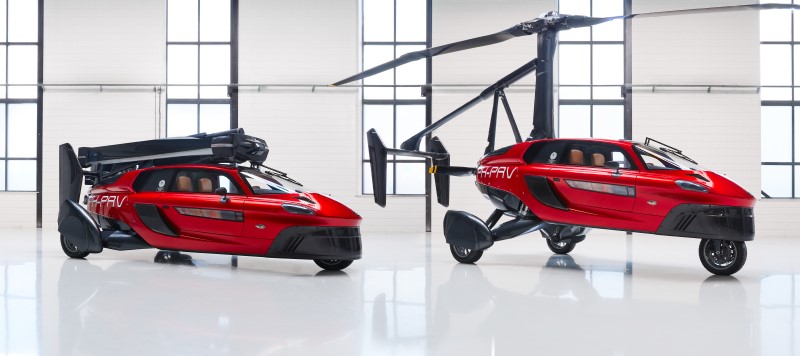
The $300,000 Liberty Sport from Netherlands-based PAL-V International is currently in its final test program and slated to begin deliveries next year. The company says the three-wheeled car converts into a two-passenger gyroplane in less than five minutes.
In road-going mode, the Liberty Sport will hit 0 to 60 mph in less than nine seconds on its way to a top speed just below 100 mph. Its flight range will be roughly 250 miles when with two passengers, or 310 miles, with just the pilot.
Unlike a helicopter, the Liberty Sport requires a short airstrip for takeoff. It cannot rise vertically because it is not powered by a rotor. Instead, the vehicle’s blades generate lift, and its forward thrust is provided by a separate motor and propeller, like a fixed-wing airplane but with a shorter takeoff distance.
Samson Switchblade
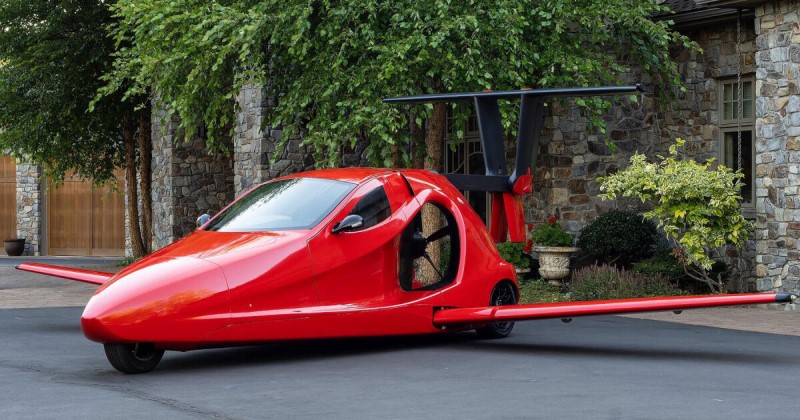
The $170,000 Switchblade flying car from Oregon-based Samson Sky is a two-passenger, three-wheeled, street-legal vehicle. The company says that the two-mode conveyance can be driven from the garage to the local airport, where it launches into flight. Samson also plans to offer one-of-one Limited Edition models starting at $770,000.
Once activated for flight mode, the wings swing out and the tail extends in less than three minutes. When it lands, its wings fold into the sides of the car. The Switchblade can reach a maximum altitude of 13,000 feet with a cruise speed of 160 mph. The car is classified as an Experimental Category aircraft, requiring owners to build 51 percent of the vehicle at Samson’s Builder Assist Center, where they will spend one week guided by staff.
The company said it is in the test-flight phase and plans to announce the first official flight soon. It expects to begin deliveries of the flying car in 2025.
Aska A5

California-based Aska bills its A5 as the world’s first drive and fly eVTOL. Roughly the size of an SUV, the hybrid-electric A5 uses six propellers to take off vertically from a vertipad and fly as an aircraft.
In flight, the A5 can travel 250 miles at a maximum speed of 150 mph. The company aims to certify the car for travel up to 70 mph on the highway while in drive mode. The first version will be piloted, both on the road and in the air, but Aska has bigger plans for the future. “Eventually we expect it will be fully autonomous, both on the road and in the air,” Aska Co-Founder and Chair/COO Maki Kaplinsky says.
The company intends to bring the A5 to market by 2026.
Klein Vision AirCar
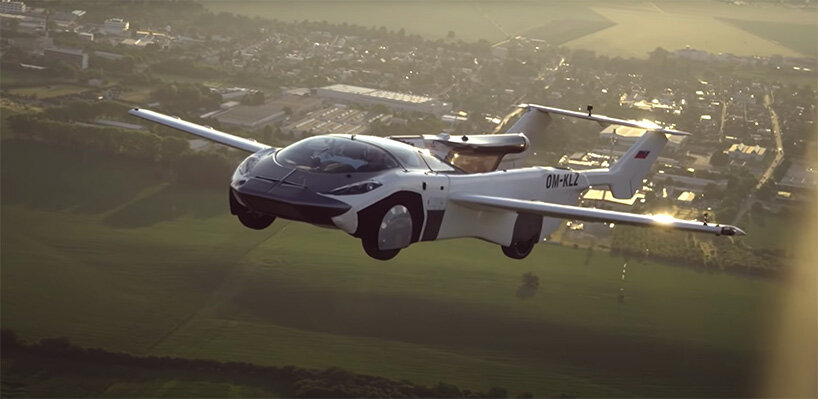
The AirCar from Slovakia-based Klein Vision resembles a cross between a futuristic Italian hypercar and a military tank. At the press of a button, the tail extends and wings unfold from a hidden compartment, transforming the AirCar from a slick roadster into a two-passenger aircraft.
When it reaches the market, the AirCar’s price is expected to range from $500,000 to $1 million. The flying car has been certified by Slovakian air-transport authorities. Klein Vision, which is seeking certification across Europe, also plans to make four-passenger and amphibious versions.
Alef Model A

California-based Alef recently unveiled a concept of its Model A, which it says is the only flying automobile with street-legal driving and vertical-takeoff abilities. The battery-powered device launches vertically, using eight propellers housed inside a body roughly the size of a big automobile.
With a payload for two people and their luggage, the Alef Model A seats two passengers inside a bubble-like compartment. The fully-electric machine can travel 200 miles on the road and 110 miles in flight, according to the company. A full-size demonstration car is currently in road and flight tests.
An animated video from Alef shows the Model A in the air, its body rotating 90 degrees after takeoff to move from upward to forward flight. On presale for $300,000, the Model A is slated to enter production during the first quarter of 2025.
Doroni H1
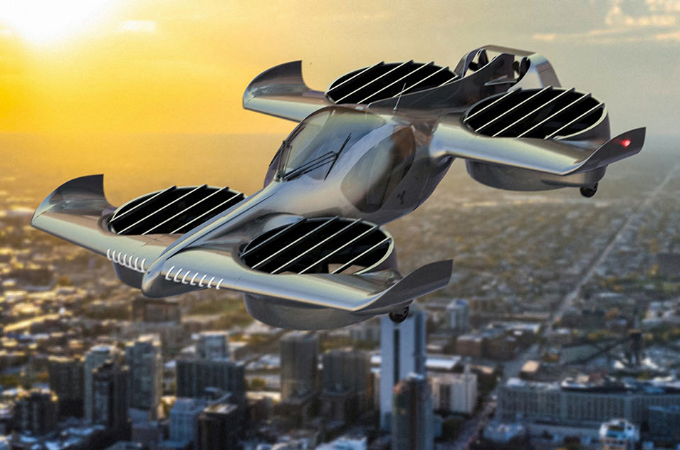
This electric aircraft by Doroni isn’t designed to drive long distances, but it will function as a personal vehicle, as opposed to the wheel-less, air-taxi design of most eVTOLs. The Miami-based company is designing the H1 as a “semi-autonomous” aircraft so that anyone with a standard driver’s license and 20-hour training course can fly it. The company plans to certify it as a Light Sport Aircraft under FAA regulations.
The two-seat flying car has two sets of wings with large ducted fans providing thrust and lift. It will have a 500-lb. payload. The H1 has a projected range of 50 miles and top speed of 140 mph. The company says deliveries will start in 2024.
Maverick Flying Car
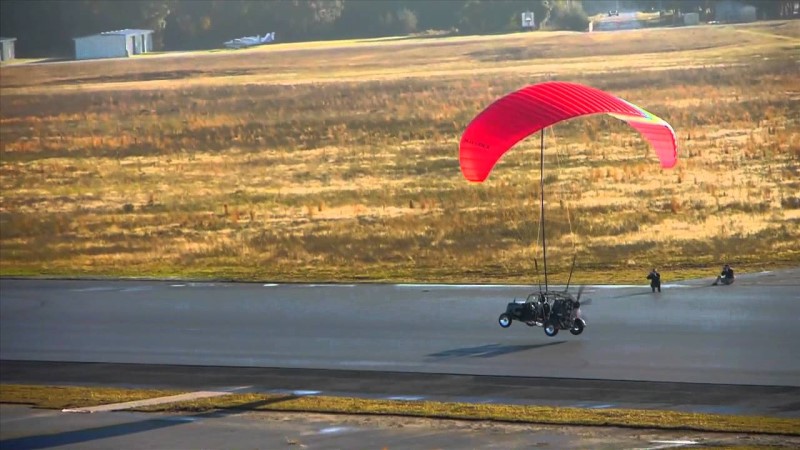
This buggy-like, paragliding vehicle certainly doesn’t fit in with the sleek, curved airframes of the others on this list, but the Maverick from Florida’s I-TEC Education Center is actually certified and available for sale.
It’s mainly being sold for recreational use, but I-TEC designed it as a flying car for missionaries trying to reach the world’s most remote areas by flying over jungles. As a car, the 140-hp, fuel-injected 16-valve engine will push the Maverick from 0 to 60 in 3.9 seconds. It has a top speed of 90 mph.
In flight mode, the central telescopic mast raises and acts as a wing spar for its chute, or ram-air wing, and the rear-mounted five-blade propeller pushes it to a takeoff speed of 40 mph. It can take off in just 300 feet. The aircraft is street-legal, and is classified by the FAA as an experimental aircraft.
FAQs
How much will a flying car cost?
Alef Aeronautics’ electric flying car, its Model A, got FAA approval for test flights. Alef claims the EV has a driving range of 200 miles and a flight range of 110 miles. The car will cost $300,000. Mock-up images show what it could be like.
What is a flying car called?
Inspired by the mythical winged horse Pegasus, the AeroMobil is the high-end vehicle species equally at home on the road or in the sky – the flying car.
How fast will flying cars go?
The Aska A5 can fly at a maximum speed of 150 mph and travel 250 miles on a single charge. That could cut a 100-mile car trip down to just 30 minutes. A closer look at the back of the Aska A5 flying vehicle.
Above is information about What is flying car? that we have compiled. Hopefully, through the above content, you have a more detailed understanding of What is a flying car called? Thank you for reading our post.



